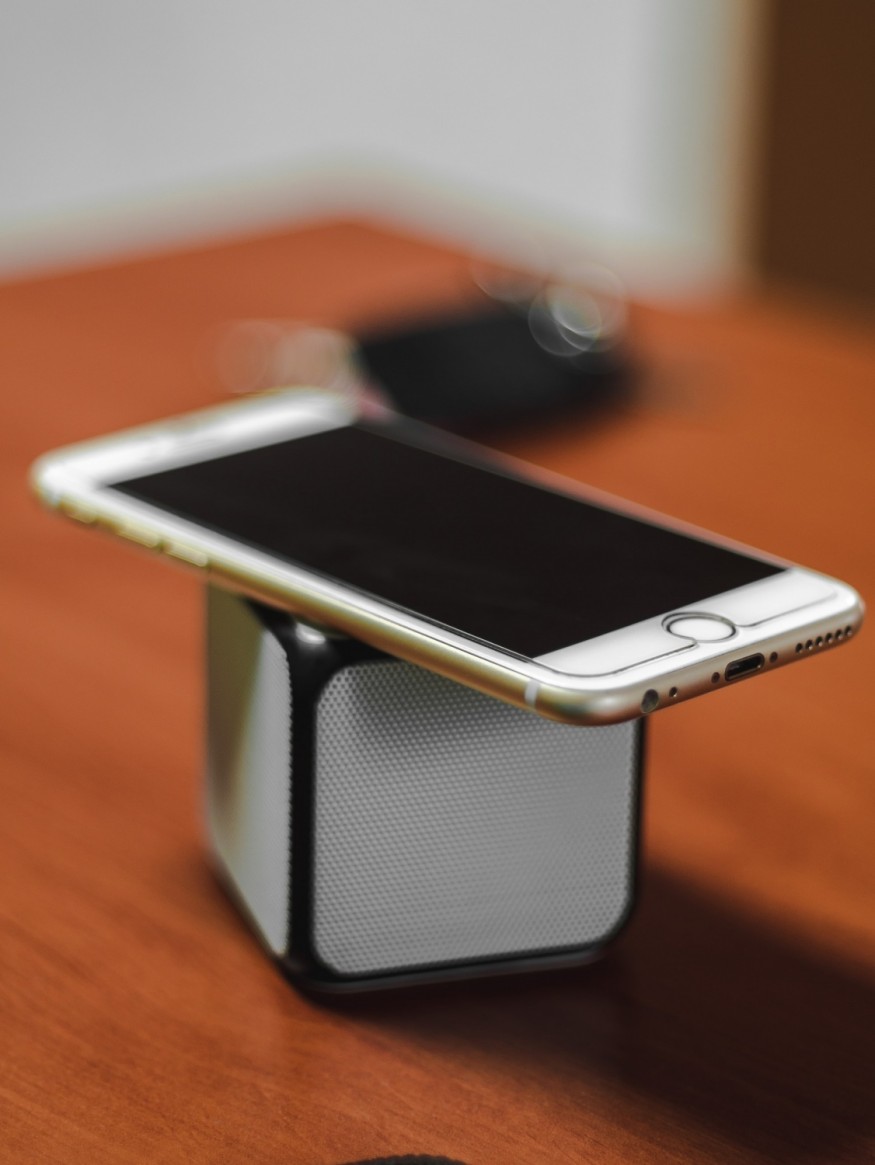
Ask anyone who owns a smartphone, and they will tell you how flimsy these expensive devices can be. Despite the high cost that we pay for ownership, all it takes is one unlucky drop of your smartphone, and you could be looking at a very costly replacement indeed. When that happens, you need to be prepared for the cost of repairing it. Or, you may decide to ditch that smartphone and buy a new one entirely. However, given the environmental cost of creating a smartphone, can we find ways to stop that?
One such solution might be something as simple as an anti-shock screen protector. These screen protectors sit on top of your device's screen and protect it from shock damage. This means that performance should not be inhibited by dropping the phone. At the same time, these screen protectors add another layer of durability that means in the event of dropping your phone, it is less likely to be smashed. Therefore, it is less likely to need to be replaced in the near future, reducing the impact environmentally.
That is a crucial part of the discussion around our smartphone reliance. As devices that are now as part of ourselves as any other device in human history, can we find ways to stop getting rid of smartphones so quickly?
The rapid rate that technology develops, as well as the fear of missing out, means that many of us upgrade our smartphones well before we need to. That being said, many of us make the conscious decision to invest in a smartphone purely because it has one or two key features that we like. When another device comes along, it is easy to get rid of your old smartphone.
Some of us sell our old phones or give them to our friends and family to use. Others, though, simply discard them and throw them out. Given the environmental cost of the materials needed to make a smartphone, this can feel like an incredible waste.
Counting the cost of smartphone replacements in our environment
On top of that, it can lead to some serious questions about what we are doing to the environment. As such, there are discussions to be had about whether or not we can continue to simply discard and get rid of smartphones at the same speed that we have been doing.
Something as simple as protecting the screen, though, could make it easier to reduce the number of people who throw out their old smartphones. Being able to guarantee that their phone will last for longer could be a powerful negotiating tool to stop people being so blasé when it comes to getting rid of their phones.
Our reliance on technology provides us with many benefits as a society. However, the cost of creating such technology must be considered when it comes to planning for the environment and its overall health. The more that we can do to reduce the amount of time we replace still in working condition hardware, the better it will be for the future of our planet.
© 2025 NatureWorldNews.com All rights reserved. Do not reproduce without permission.




